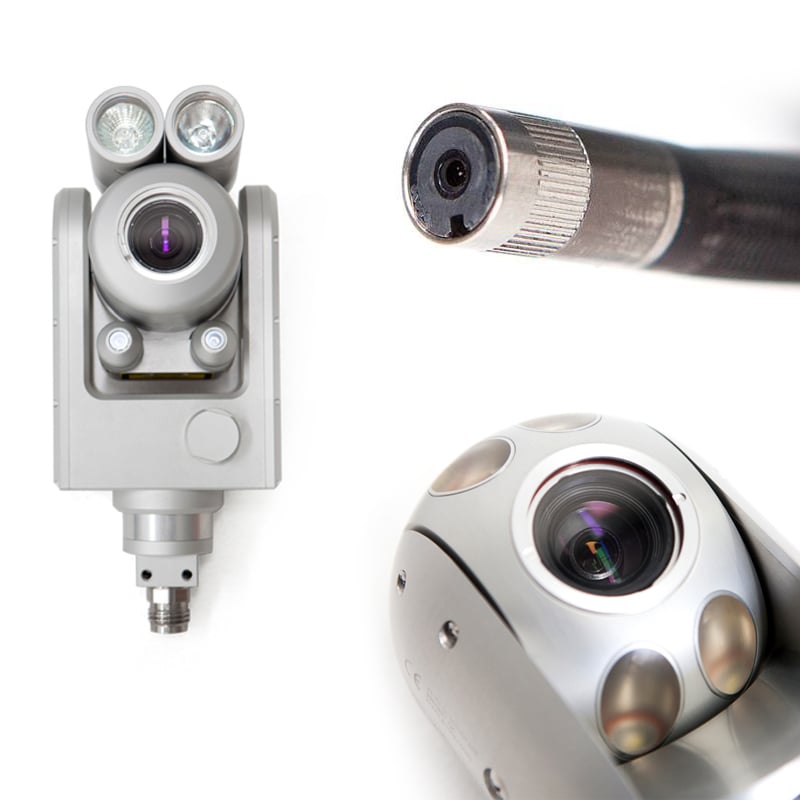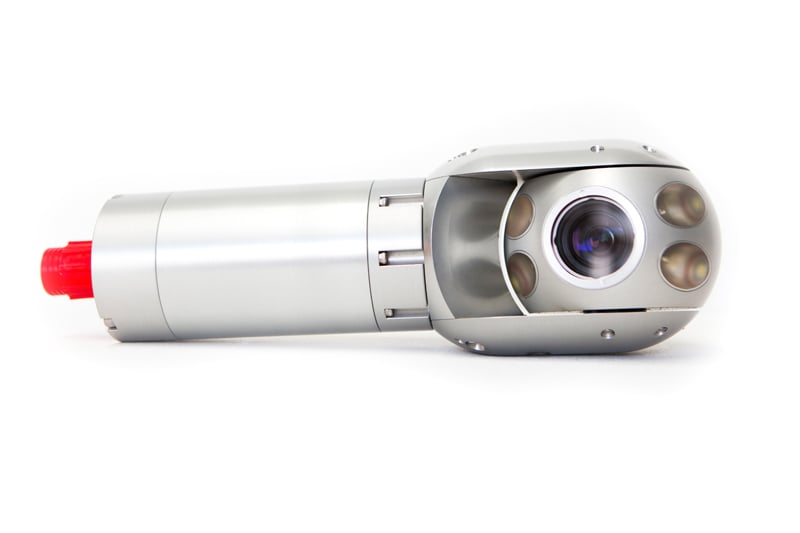Which is the Best Camera for my Inspection?

When using an inspection camera to conduct your remote visual inspection, there are many factors to consider in order to choose the right camera for the job. Here are some simple steps to ensure you deploy the camera that is best suited to your project:
Size: How big is your access point? This factor alone may determine your choice of camera. If your camera is too big or unwieldy to fit in the space, it’s going to be useless for your inspection. Make sure you know the physical size of the camera before you make your decision.

Lens Capability: When you deploy your device, do you need the camera to be able to look in multiple directions? If so, then you need to choose a camera that is capable of rotating, panning, zooming and/or tilting.
Lights: Is the area you’re going to access well-lit? If not, your camera is going to need to be equipped with in-built lights or external lighting will be required. The ability of your camera to function effectively can almost always be improved with additional lighting.
Environment: Will your inspection take place in a hazardous environment? Will it be subject to water or corrosive materials? If so, then you need to consider a weather sealed, water-proof or corrosive resistant camera. This will ensure there is no damage to your equipment during the inspection. If you’re not sure of the environmental conditions you’ll be inspecting, it’s better to be safe than sorry. Choose a camera that is durable and ideally waterproof.
If you follow these steps, you will ensure that your inspection runs smoothly and the video or image file you produce is suitable for the analysis you need to conduct.
